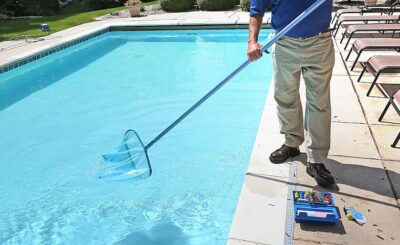Tactile paving was originally invented in the 1960s in Japan to help children at a school for the blind safely navigate through a busy city area. After the incredible success witnessed from this trial run, it was soon adopted all over Japan, not just on crosswalks but at all public transportation system stops and stations nationwide. This is because tactile paving can save lives and keep traffic flowing safely by alerting the visually impaired to danger.
Arguably, one of the smartest places to install tactile pavements is around educational institutions. In the United States, public and private schools have to be able to accommodate all types of students by law, according to the Americans with Disabilities Act of 1990. Someone who is blind or otherwise disabled should have the same access to an education as an able-bodied person. This includes but is not limited to elementary and middle school, as well as high school and college institutions. Institutions of learning have an important responsibility to foster diversity and one of the easiest ways to accomplish that is through accessibility. If differently-abled children are accommodated in this way, it brings that population into the public space, and allows society to benefit from all they have to offer.
Some common areas where tactile paving can be seen at schools are at public transportation pick up and drop off locations, at crosswalks, on train platforms, close to curbs in high traffic areas, entrances and exits to buildings, and in parking lots among many other places. Really, anywhere that a visually impaired person may walk into unsuspecting danger, textile paving can be a great asset and safety measure. Colleges and universities have a responsibility to cater to the differently-abled community, both legally and socially. Creating safe spaces for the visually impaired keeps everyone safe and allows everyone to receive an education no matter their disabilities.
If a visually impaired person or a driver passing by is put in danger by the lack of ADA safety measures, the affected party can sue the school or city for damages, sometimes amounting in the millions. Not having these safety measures in place can leave the learning institution vulnerable to lawsuits, bad publicity, and bankruptcy. It is the institution’s social duty to keep its constituents safe from the danger and stress associated with a lack of ADA measures. All students have the right to get to class safely and without unnecessary stress and fear. The visually disabled have the right, like all other able-bodied students, to receive an education independently with dignity and care.








